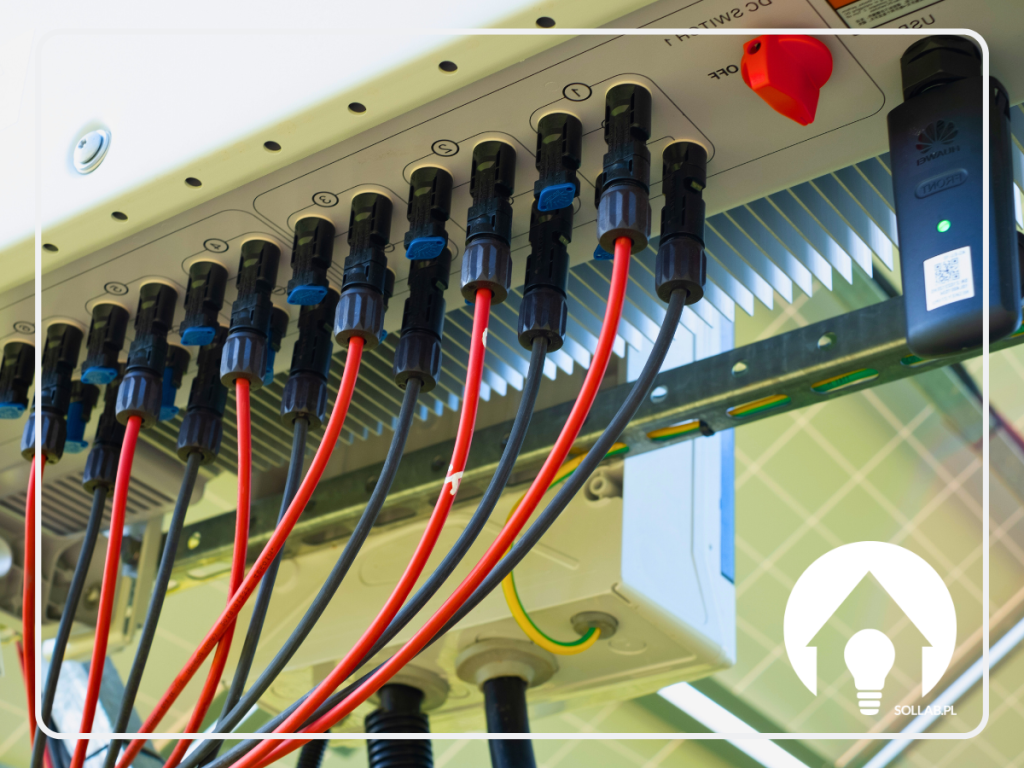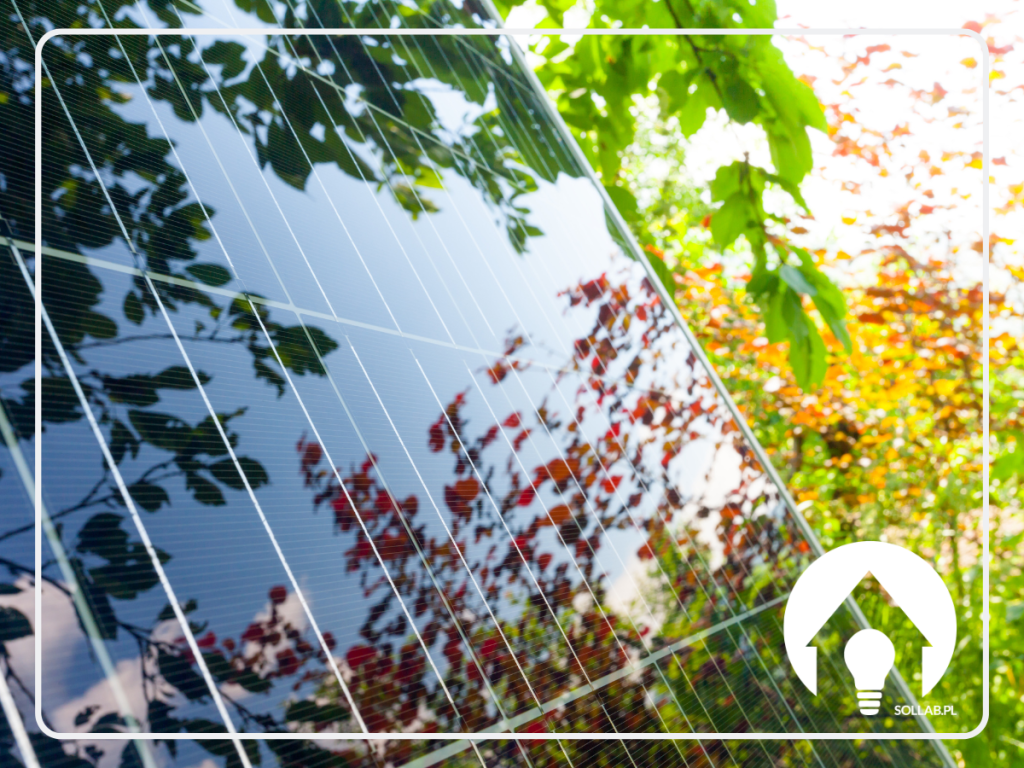Flushing and cleaning the central heating system - is it worth it?
This is a question that many owners of houses and flats with central heating ask themselves. In this article, we will try to answer this question by discussing various aspects of central heating flushing and cleaning, such as methods, benefits, potential problems and choosing a professional company offering this type of service. We invite you to read on!
What is the flushing and cleaning of a central heating system?
Flushing and cleaning of the central heating system are processes designed to remove impurities, deposits and other undesirable substances from the central heating system. This increases the efficiency of the system, extends its life and reduces the risk of failure.
Cleaning and flushing the CO system are two different processes that aim to keep the installation in the best possible condition. Flushing the CO system relies on the flow of water through the system to remove contaminants and sediment. Whereas cleaning and flushing of CO is a process that can involve both rinsing and the use of specialised cleaners to help remove hard-to-remove contaminants.
Chemical flushing of central heating systems - what does it involve?
Chemical flushing of CO is a process that involves the use of specialised chemicals to remove contaminants and deposits from the central heating system. Chemical cleaning of CO can be particularly effective in heavily contaminated systems where traditional flushing methods may not be sufficient. However, it is worth remembering that chemical flushing of installations should be carried out by professionals who have the appropriate knowledge and experience in the application of such measures.
Why carry out regular flushing and cleaning of the central heating system?
Regular cleaning and flushing of CO contributes to keeping the heating installation in optimum condition, which translates into a number of benefits. Among these, it is worth mentioning the increased efficiency of the installation, protection against corrosion and failure, prolonged service life and reduced heating costs.
Increasing the efficiency of the heating system
Efficiency of the heating system is a key factor in thermal comfort and heating costs. Regular flushing of the installation and regular cleaning of the installation allows the removal of impurities and deposits that can obstruct the flow of heat and reduce the efficiency of the system. This allows the heating system to operate at full capacity, resulting in better heating effects and lower energy consumption.
Protecting the central heating system against corrosion and failure
Central heating installations are exposed to various factors that can lead to corrosion, failure and other problems. Cleaning the central heating system and flushing the central heating system allows the removal of contaminants and deposits that may contribute to these negative phenomena. In this way, it is possible to securing the central heating system against corrosion and failure, resulting in longer system life and less risk of costly repairs.
Extension of the service life of CO
Regular cleaning and flushing of CO affects service life of the installationThis allows it to be kept in optimum condition and minimises the risk of problems from corrosion, deposits or impurities. As a result, the heating installation can last for a longer period of time, which translates into savings on the need to replace the system or parts.
Reducing heating costs
Last, but not least, is the impact of the regular cleaning and flushing of CO on heating costs. By keeping the system in optimum condition and increasing its efficiency, it is possible to reduce the energy required for space heating. As a result, heating costs can be lower, which translates into savings for the users of the heating system.
What are the methods for flushing and cleaning the CO system?
In order to keep the central heating system in optimum condition, it is worthwhile using various rinsing and cleaning methods. These include backwashing, chemical flushing and various techniques for cleaning heating systems. In the following subsections we will discuss these methods in more detail.
Backwashing - when is it worth using?
Backwashing is a method that involves flowing water in the opposite direction to the normal flow in the system. In this way, it is possible to remove impurities and deposits that can impede the flow of heat and reduce the efficiency of the system. Worth use backwashing if the CO system is heavily contaminated and other cleaning methods are unsuccessful.
Chemical flushing of a central heating system - what preparations are used?
Chemical cleaning of installations is a method that involves the use of special cleaning preparations to remove contaminants and deposits from the central heating system. These preparations are introduced into the heating system and then flow through the entire installation, removing contaminants and deposits. Cleaning preparations include sediment removers, rust removers and plant disinfectants. Chemical cleaning of the installation is particularly recommended when other flushing and cleaning methods fail to achieve the desired results.
Cleaning of heating systems - what are the techniques?
Cleaning of heating systems can be carried out using a variety of techniques to remove contaminants and deposits from the CO system. Among these can be mentioned:
- mechanical cleaning - involves the physical removal of dirt and deposits from the installation, e.g. using brushes or special pipe cleaners;
- ultrasonic cleaning - is based on the use of ultrasonic waves that break down dirt and deposits into fine particles, which are then removed from the installation;
- thermal cleaning - involves heating the installation to high temperatures, which dissolves sludge and contaminants, which are then removed from the system.
What are the potential problems associated with not flushing and cleaning the CO system regularly?
Rinsing and cleaning problems CO installations can lead to various negative consequences, such as water contamination, corrosion of the installation, deposits and scale, or the development of bacterial flora.
Contamination in an installation - what are the consequences?
Water pollution and impurities in the installation can lead to a reduction in the efficiency of the heating system, an increase in energy consumption and a reduction in the service life of the system. In addition, impurities can cause clogging of pipes, which can lead to system failure. Regular flushing and cleaning of the central heating system removes contaminants and deposits, which contributes to keeping the system in optimal condition.
Corrosion and scale build-up - how do they affect the performance of an installation?
Corrosion of installations and sediment and stone can lead to damage to pipes, valves and other heating system components. Corrosion and calcification have the effect of reducing the efficiency of the installation, increasing energy consumption and shortening the service life of the system. Regular flushing and cleaning of the central heating system removes corrosion and deposits, which contributes to keeping the system in optimum condition.
Bacterial flora development - what are the consequences?
Development of bacterial flora in the central heating system can lead to unpleasant odours, water contamination and damage to heating system components. Bacteria can also cause corrosion of pipes and valves, which can lead to system failure. Regular flushing and cleaning of the central heating system removes bacterial flora and keeps the system in a hygienic condition.
To summarise, no rinsing and cleaning CO installations can lead to various negative consequences, such as water contamination, corrosion of the installation, deposits and scale, or the development of bacterial flora. Regular flushing and cleaning of the installation keeps the heating system in optimum condition and prevents breakdowns and costly repairs.
Professional flushing and cleaning of the central heating system - what to look out for?
Deciding on professional flushing of installations and professional cleaning of CO, it is worth paying attention to several important aspects. Choosing the right company and understanding the process of cleaning and flushing the installation are key issues that we will discuss in the following subsections.
What is the process of professional flushing and cleaning of a central heating system?
Installation cleaning process and plant flushing process CO begins with a thorough analysis of the condition of the installation and the selection of the appropriate flushing and cleaning method. Then, specialists carry out a backwash or chemical flush, using the appropriate preparations and techniques. Once the flushing and cleaning process has been completed, the installation is thoroughly checked for any damage and correct operation. If necessary, the specialists can also carry out additional work, such as replacing damaged components or adjusting the settings of the heating system.
Professional flushing and cleaning of CO systems is a key part of keeping the installation in optimum condition and preventing breakdowns and costly repairs. Choosing the right company and understanding the process of flushing and cleaning the installation allows you to benefit from the services of professionals who will ensure the long-term and trouble-free operation of your heating system.
Summary
Flushing and cleaning of the central heating system are key measures to keep the installation in optimum condition and to prevent breakdowns and costly repairs. Regularly carrying out these activities, especially by professionals, guarantees a long-lasting and trouble-free operation of the heating system.
















